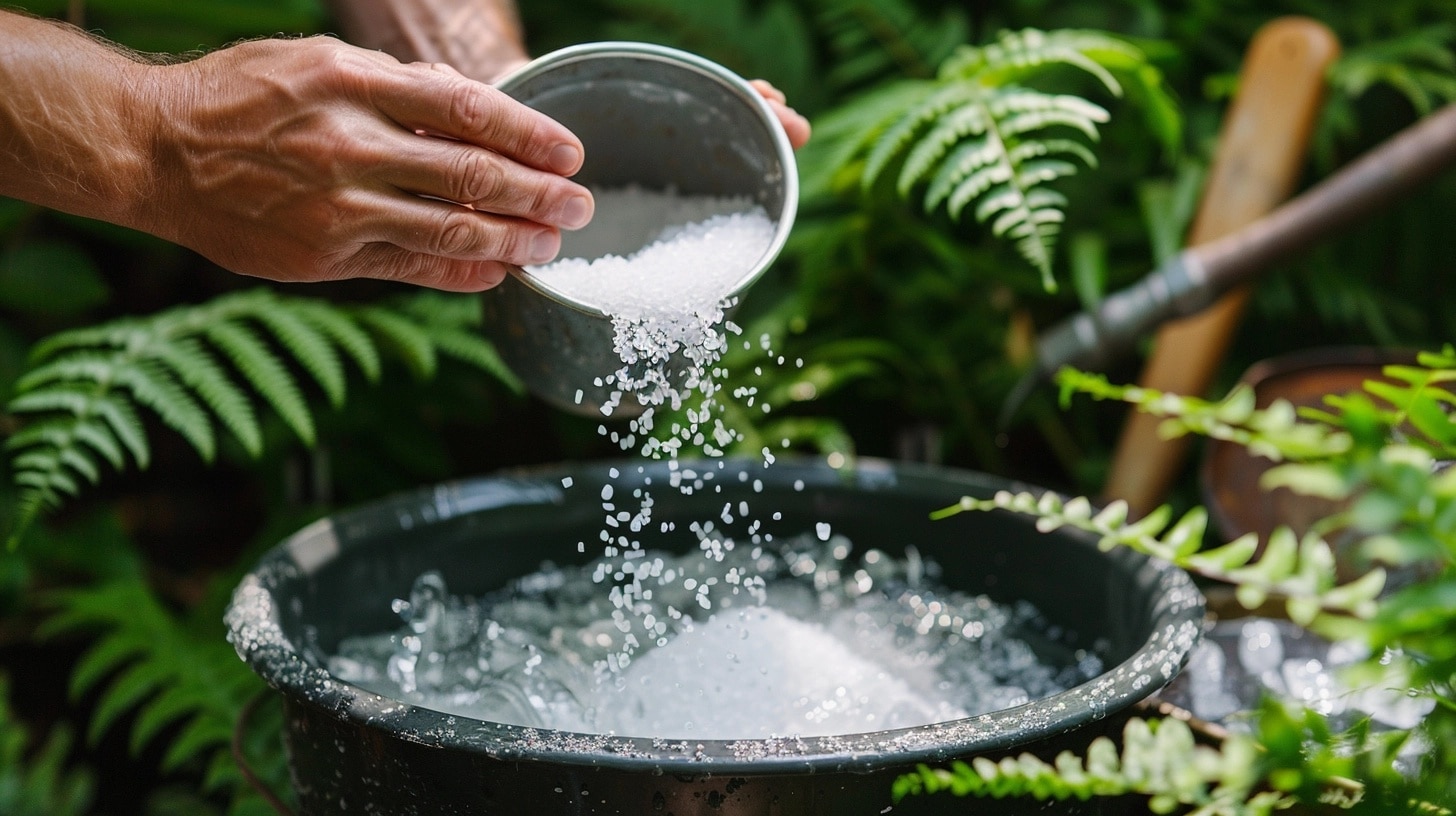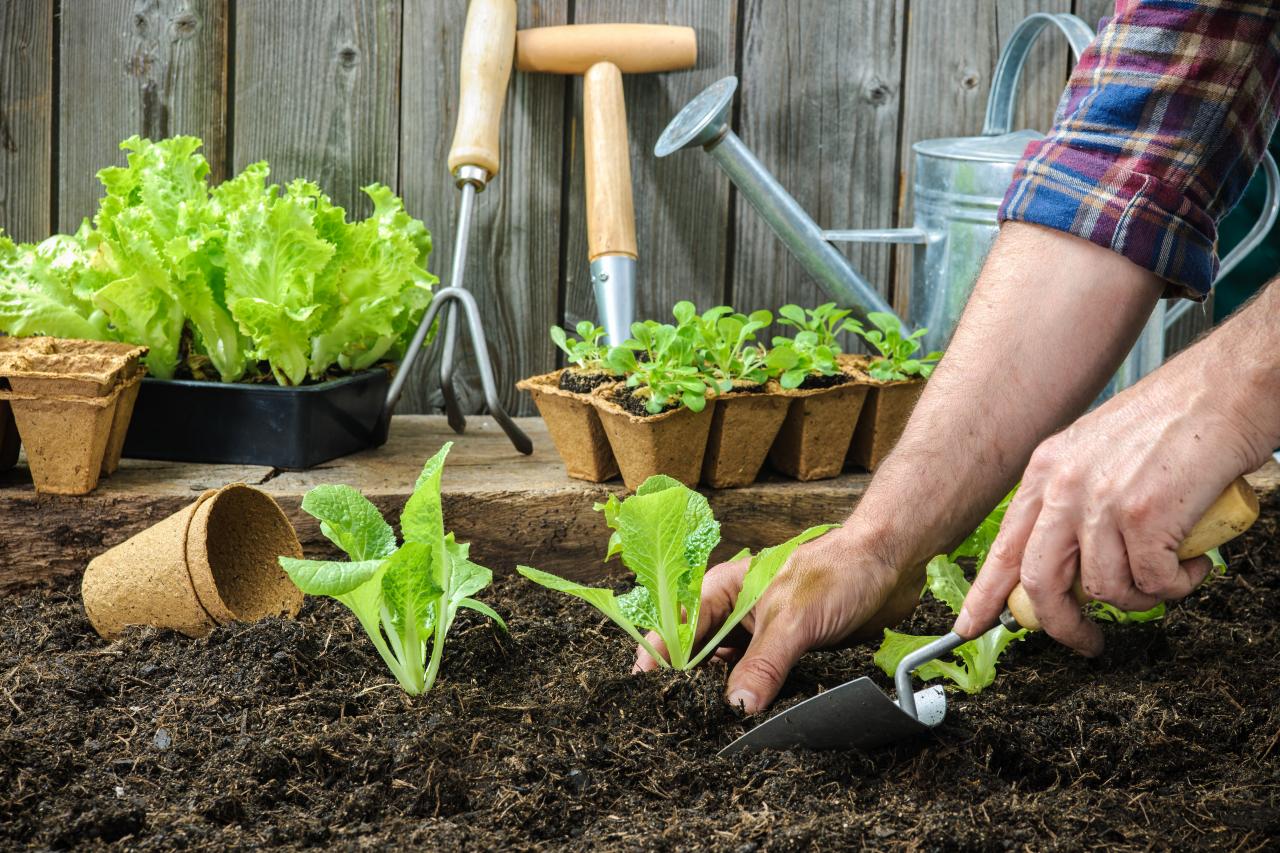How to Safely Import Outdoor Plants for Your Backyard
Transforming your backyard into a lush, green oasis often means turning to exotic outdoor plants unavailable locally. But importing plants isn’t as simple as clicking “add to cart” and hoping for the best.
There’s a lot to navigate between biosecurity regulations, packaging, and customs clearance. Thankfully, experienced freight forwarders in Perth can help you get it right—so your dream garden doesn’t become a biosecurity nightmare!
Key Takeaways
- Australia’s strict biosecurity laws are essential for protecting native ecosystems.
- Proper packaging and documentation ensure safe plant transport and smooth customs clearance.
- Permits are required for most plant imports, so get your paperwork in order.
- Professional freight forwarders in Perth make the import process seamless and stress-free.
1. Why Import Outdoor Plants?
Sometimes, the local nursery just doesn’t cut it. Whether you’re looking for vibrant tropical ferns, rare succulents, or elegant Japanese maples, importing outdoor plants can take your backyard design to the next level.
Exotic plants enhance your landscape’s aesthetic and provide a unique point of pride for gardening enthusiasts. Plus, having a rare species thriving in your yard might just make you the envy of the neighbourhood!
But before you start envisioning your personal Garden of Eden, remember that importing plants involves some serious preparation—rules, regulations, and a bit of patience.
2. Understanding Australia’s Biosecurity Laws
Australia’s biosecurity laws are among the strictest in the world, and for good reason. With unique ecosystems and a thriving agriculture sector to protect, the government takes plant imports very seriously.
Key Points to Know:
- Only approved plant species are allowed entry into Australia.
- Soil is a no-go; imported plants must be free of pests and contaminants.
- All imports are inspected, and non-compliance can lead to penalties, confiscation, or even destruction of your shipment.
Pull Quote:
“Bringing plants into Australia isn’t just about getting a slice of nature; it’s about respecting the environment we’re adding it to.”
Working with a knowledgeable freight forwarder ensures your shipment meets all these stringent requirements.
3. Obtaining the Necessary Permits
Before you get too excited about importing plants, ensure you have the required permits.
Here’s what you’ll need:
- Import Permit: Apply through the Department of Agriculture, Fisheries and Forestry (DAFF).
- Phytosanitary Certificate: This document, issued by the exporting country, certifies that the plants meet Australia’s health standards.
The permit application process can take weeks, so plan ahead. Verifying that your chosen plant species is on Australia’s approved list is also crucial—importing unapproved plants is a fast track to fines (and disappointment).
4. Packaging Plants for Safe Transport
Shipping plants internationally means no walking in the park. Proper packaging is essential to ensure your greenery arrives healthy and intact.
Packaging Tips:
- Use Breathable Materials: Wrap plants in breathable mesh or perforated plastic to maintain airflow during transit.
- No Soil: Replace soil with a sterile medium like sphagnum moss to comply with biosecurity rules.
- Protect Against Damage: Use sturdy boxes padded with foam or paper to prevent crushing.
Labelling is essential—indicate the plant species, origin, and destination. Think of your shipment as a VIP guest needing special treatment to reach its destination safely!
5. Tips for Smooth Customs Clearance
Navigating customs can feel like deciphering a foreign language. Here’s how to make the process less daunting:
- Work with Freight Forwarders: Experts like freight forwarders in Perth know the ins and outs of customs clearance.
- Choose Reputable Suppliers: Source plants from suppliers familiar with Australia’s import rules.
- Check Plant Documentation: Ensure all paperwork—permits, certificates, and invoices—is complete and accurate.
- Time Your Shipment Carefully: Avoid delays by aligning your delivery with quarantine inspection schedules.
- Prepare for Additional Costs: Quarantine fees or fumigation charges may apply, so budget accordingly.
These steps might sound tedious, but they’re essential for ensuring your plants breeze through customs without a hitch.
6. Why Freight Forwarders in Perth Make the Process Easier
Importing outdoor plants isn’t just about shipping—compliance, logistics, and timing. This is where professional freight forwarders shine.
How Freight Forwarders in Perth Can Help:
- Streamlining Logistics: They coordinate packaging, transport, and documentation to minimise delays.
- Customs Expertise: From permits to inspections, they handle the nitty-gritty of customs clearance.
- Biosecurity Compliance: They ensure your shipment meets all Australian regulations, reducing the risk of penalties.
With their guidance, you can focus on planning your backyard makeover while they handle the heavy lifting (literally and figuratively).
Conclusion
Creating the backyard of your dreams with imported outdoor plants is entirely possible—as long as you follow the rules. The process requires care and attention, from obtaining permits and packaging plants to navigating biosecurity and customs.
Partnering with experienced freight forwarders in Perth ensures a seamless experience, helping you comply with Australia’s strict regulations while protecting the environment. Ready to get started? Contact Worldwide Customs & Forwarding today and let their experts guide your plants safely into your backyard.
Your dream garden is just a shipment away!







